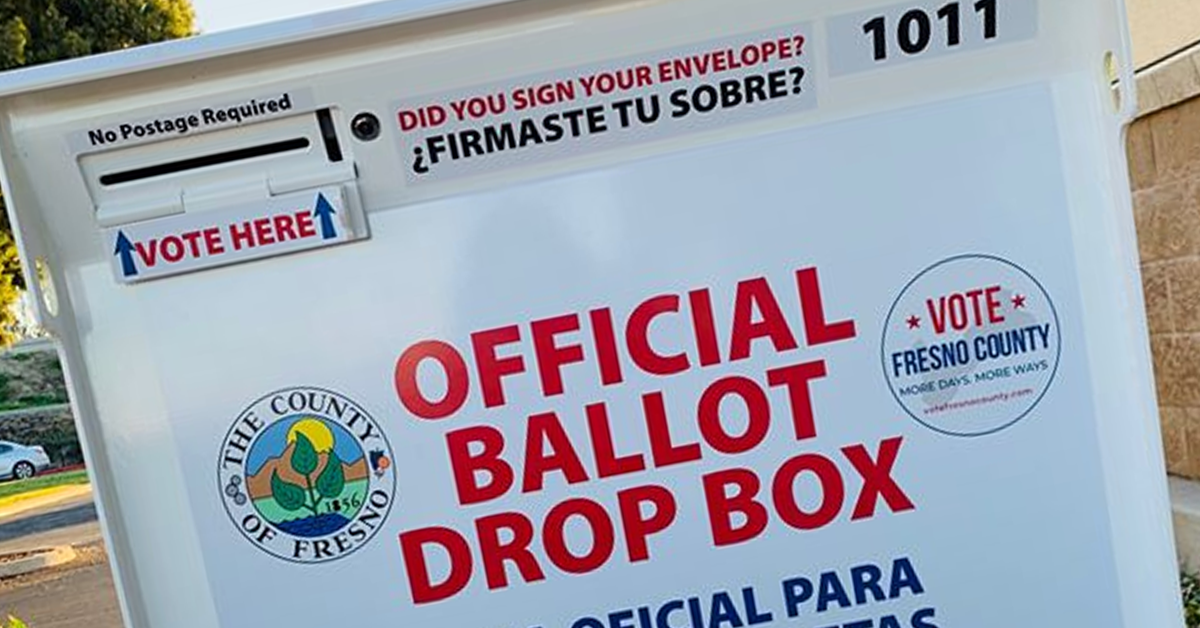The resolution begins with a brief review of recent events involving code enforcement and money.
It’s not fair or accurate to suggest that Swearengin took an interest in the state of Fresno’s housing stock only in the last year or two.
She took office in January 2009 vowing to revitalize all of inner-city Fresno, including people’s shelter. The Great Recession hit at the same time. City Hall was desperate to avoid joining Stockton and San Bernardino in bankruptcy court. The city’s code enforcement division – charged ensuring that landlords and tenants comply with a bewildering array of city regulations – suffered deep budget cuts along with every other city service.
The economy finally recovered. Swearengin dusted off her dreams for old Fresno. Housing activists knew the time was right to apply political pressure.
The result in recent years, as the Brandau-Olivier resolution notes, was a broad reform of housing code and the beefing up of enforcement powers. One of City Hall’s big concerns was (is) occupied rental housing in deplorable shape.
The archetypical tenant’s plight went like this: My apartment is falling apart. I don’t deserve this. It’s also illegal. I’m afraid of my landlord. Help.
Since 2014, the resolution states, “the City has been actively considering and implementing measures to remedy blight and provide improvements in housing, including changes in the Vacant Building Ordinance and Management of Real Property Ordinance, among other Code Enforcement amendments….”
The 2016-17 budget approved by the Council in June included funds to hire two more code enforcement inspectors, two more lawyers in the City Attorney’s Office and extra support staff. The additional talent was to work within the existing code-enforcement system to crack down on slumlords.
But the unmet challenge has been integrating all these expensive assets into an effective tool. Code enforcement is hard. Property owners as well as tenants have legal rights. Deterioration can come from irresponsible renters as well as greedy landlords. Despite all the lofty talk in the wake of the Summerset disaster, city officials have yet to paint a coherent picture of their new world of code enforcement.
It’s all pieces in search of a binding order.
Brandau and Oliver said they’re filling the leadership void. They want to take the extra bodies funded in this year’s budget and install them in the Anti-Slum Enforcement Team (ASET).
ASET, the resolution states, “shall be dedicated to battling urban blight and improving the lives of City residents by encouraging voluntary code compliance and initiating legal proceedings focusing on the worst violators of housing health and safety laws….”
This compliance, the resolution states, will come from a strong code-enforcement effort and, if necessary, “criminal prosecution of the worst offenders.” However, the resolution states, there will be no “burdening (of) property owners who are complying with the law and providing safe and habitable housing….” (My emphasis.)
The resolution at this point turns to the Landlord-Tenant Ombudsman (LTO) program.
LTO, the resolution states, “is to provide a reliable, neutral and user-friendly system whereby complaints can be made with the goal of quick resolution of substandard living conditions.” LTO, according to the resolution, “will enable City staff to know exactly where substandard units exist, rather than directing massive and expensive amounts of City resources to properties with no track records of problems.”
The resolution identifies all this and more via introductory clauses preceded with the venerable “whereas.” The final “whereas” sums up the Brandau-Olivier aim: “… to make (Fresno’s) battle against substandard housing a priority by devoting the resources necessary to make a significant impact on the community.”
At this point we’re only halfway through page 3. I’ll hurry through the other nine-and-a-half pages.
I gather from the rest of the resolution and my talks with Brandau and Olivier that the gist is this:
- ASET would work closely with the code enforcement division, but would have a significant degree of institutional autonomy.
- LTO would have it’s own brand identity, but on the organizational chart it would be a part of ASET.
- Tenant participation is vital to the success of ASET/LTO.
- A successful ASET/LTO would dispense with the need for a mandatory inspection program funded by landlords.
Let’s return to the resolution.
ASET is to be a well-staffed, well-funded enforcer. There would be a manager at the top of the hierarchy. There would be five code enforcement inspection officers. They would have legal muscle thanks to the two attorneys. The attorneys would be supported by a legal assistant and a secretary.
ASET would go to work when a tenant complaint comes in. The alleged code violation must be of a serious nature. A stained carpet doesn’t trigger ASET’s involvement. It’s got to be something in the realm of health and safety.
The resolution is full of operational details.
“For violations found in rental units,” the resolution states, “the owner shall be held legally responsible, unless the owner can prove a tenant or occupant caused damage, other than ordinary wear and tear, to the unit or otherwise is the cause of the violation after the unit was rented to the tenant; in such a case, ASET may pursue violations caused by the tenant or occupant.”
A statistical review of ASET’s work would be posted at regular intervals on the city’s website.
The Landlord-Tenant Ombudsman program (let’s drop the “LTO” moniker and go simple – Ombudsman) would be ASET’s scout or picket. The Ombudsman’s purpose is to be City Hall’s first substantive contact with tenant-landlord trouble.
It would go like this: A tenant complains to the Ombudsman. The complaint is found to have merit. The Ombudsman contacts the landlord. The landlord is given two working days to fix things. The Ombudsman after 48 hours reconnects with the landlord. If things aren’t fixed, the Ombudsman calls ASET’s boss.
ASET hammers the defiant slumlord with everything it’s got.
Again, the resolution is full of operational details for the Ombudsman. I hope I’ve given you the drift of things.
That brings us to the second of three themes: The Mayor-City Council Code Enforcement Task Force.









